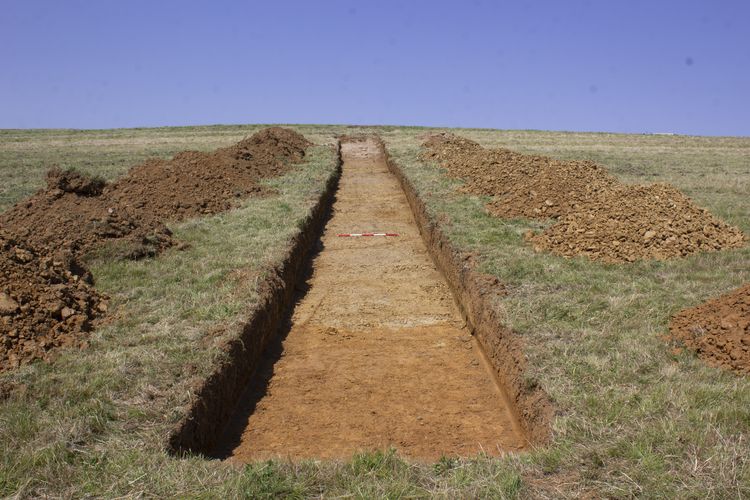Editor Intro: This week’s blog post is written by Richard Paxford, an ADS digital archives assistant who recently joined us in York. Below Richard writes about how you can use the ADS resources to search for archaeology found in your area. If you are interested in archaeology but haven’t got to grips with the databases that we hold here at the ADS this is a great introduction to how to use ArchSearch and the ADS map to find out more about your local area. We at the ADS have recently been running a number of workshops as part of the Archaeology Audience Network for those interested in accessing archaeology online so watch this space for updates and guidance. Now over to Richard……
No, I’m not Indiana Jones (Though I wish that I were)
As a heritage professional, one of the first questions friends and colleagues ask me about my work is: “So you go digging up treasure like Indiana Jones then?” and after I have made the traditional polite response (often along the lines of “No, but I wish that I did”) the second question often runs along the lines of: “Oh we saw them digging up the field behind us a few years ago, do you know what they found?”.
As politically-charged as the issue of house-building is in the UK, the fact remains that developer-led archaeology has for years been the foremost contributor to our knowledge of our shared archaeological record. It is well-known that local residents take great interest in their community and its history, and it follows then that an essential part of our work as archaeologists is to make our records available to the public. This blog post is my attempt to show you how the resources of the ADS and other organisations can help you to discover the archaeology on your doorstep.
Archaeology in the UK
Within the UK there are two broad categories of archaeological investigation: University Research and Developer-Led Excavation. The former is carried out by universities and other research institutions, whilst the latter is carried out by commercial archaeological units. Both have the same goal: to uncover, record and understand our shared heritage; but the two streams differ in their geographic range and the size of projects that fall within their scope. A university may spend several seasons excavating a site in the summer holidays using teams of volunteers and students; with their resources and timescales restricted by the rhythm of the academic year and the ever-present question of securing funding. A commercial unit on the other hand will be working to tight deadlines set by their client and may take on projects ranging from small test pits in someone’s back garden to excavating acres of land in advance of national infrastructure projects such as HS2 or energy generation. The majority of archaeological fieldwork in this country is therefore undertaken by commercial units working for developers in advance of construction, the end product of which is often a grey literature report.
Record Holders
The results of research-led fieldwork will most likely be published in the relevant academic journal, or perhaps in the transactions of the local archaeological or historical society. Here at the ADS we host digital copies of many local journals, A good way to start is to enter the name of your town or county to see what we hold for your local area.
Sometimes the results of research-led fieldwork will be written up as part of a doctoral thesis or a dedicated book, often called a monograph. In that case, the research institution will be the primary record holder, and they may choose to submit their original archives to the local museum or retain them within the institution’s own repository. Most universities will have some sort of online catalogue that the public can access to search the records, and in many cases there will be a subject-specific librarian you can contact for help and guidance, We are pleased to report that increasing numbers of digitised research archives are being submitted to us for preservation and dissemination at the ADS, so as well as researching the holdings of your local institutions you can check our records too. You can follow this link to go to our library and search for a given university.
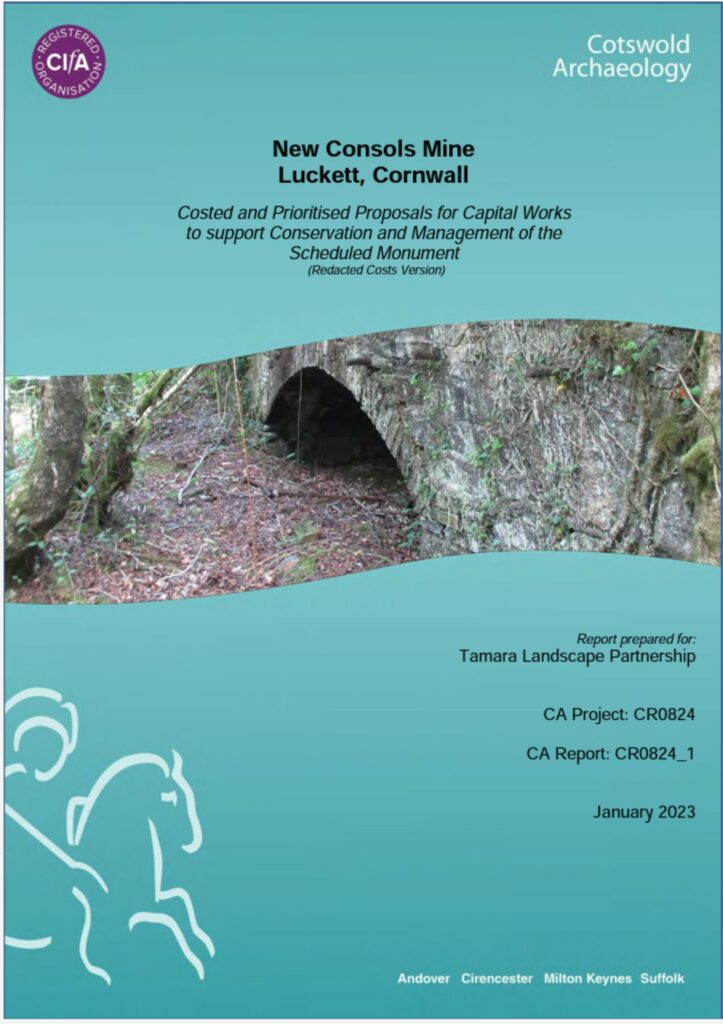


The ADS library holds over 80K reports uploaded by Commercial units, you can use this link to access the ADS Library and search our holdings for records in your local area. You could also use The Chartered Institute for Archaeologists (CIfA) website to research which units operate in your area, and then follow the trail to individual companies’ websites. You can follow this link to reach the CIFA Register of Orgnaisations. Many units now have dedicated outreach or public engagement staff who are specifically tasked with raising awareness of their work amongst the community, so they will be your first point of call. The original records of commercial fieldwork may be deposited with a suitable museum, retained by the unit pending access to a safe repository, or if digital stored with us.
“X” Marks the Spot – ArchSearch and The ADS Map
Our ArchSearch tool holds metadata records describing archaeological interventions undertaken across the UK, as well as Historic Environment Record entries. In some cases we will have a full report available for download and in others we’ll point you to information held in the local HER. If you want a quick and easy way to search for records within a geographical area, say your hometown, then the ADS Map is the best tool for the job. If you follow the link you’ll see that there is a simple visual interface allowing you to select an area anywhere in the world and view our records within the target area as shown below:
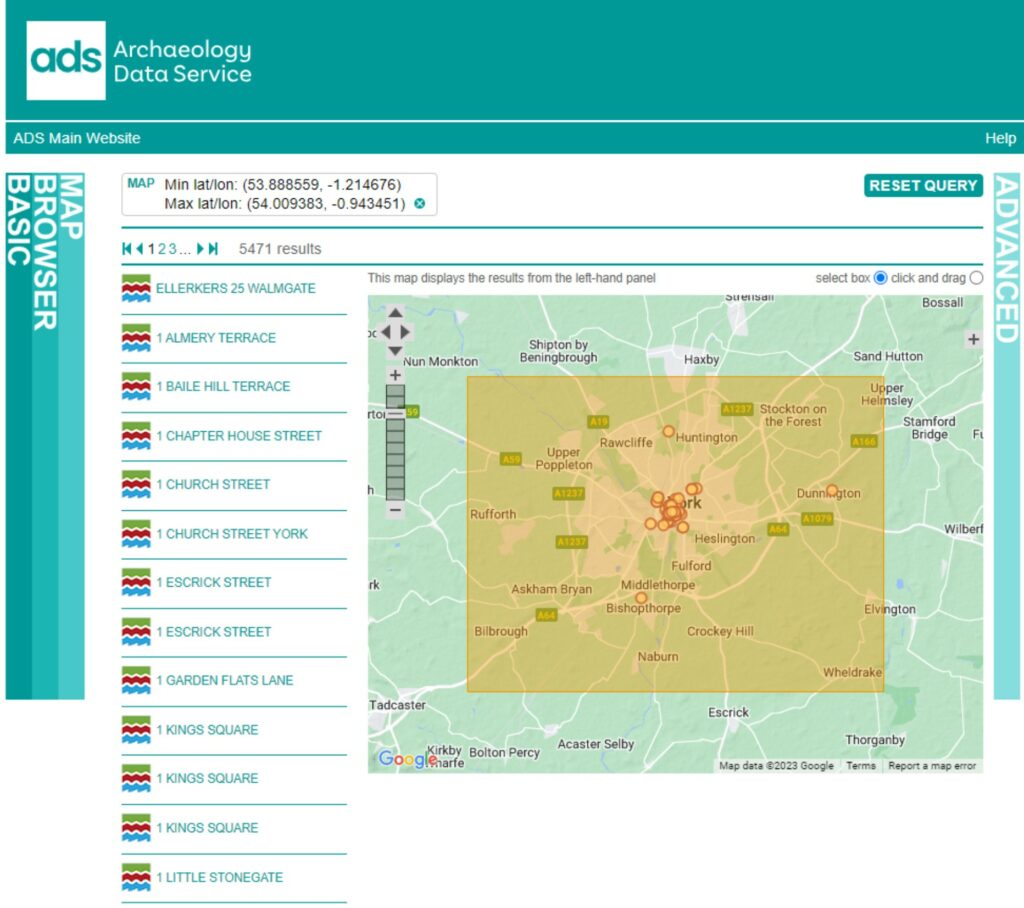
Having selected your target area, the web page will produce a list of all our records within that area:
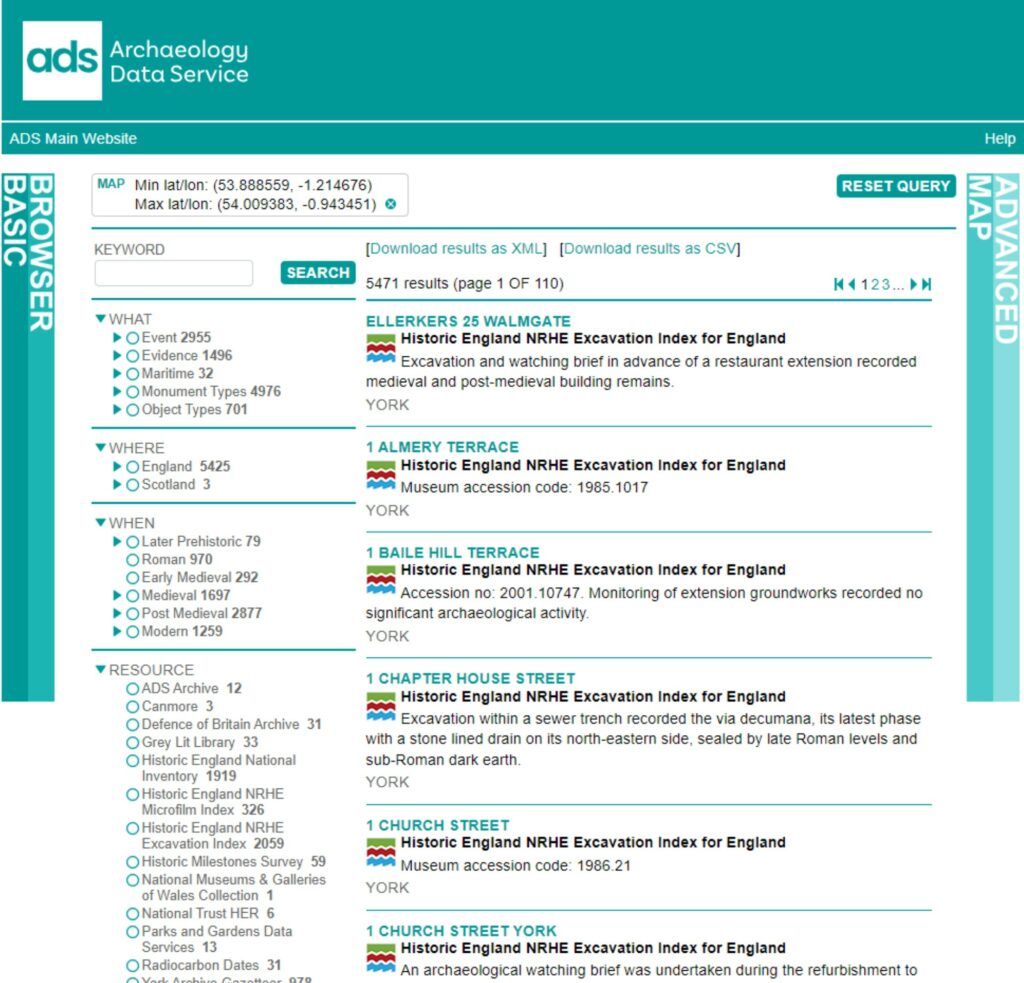
We also provide you with the tools to save your search results as a spreadsheet file so you can easily retrieve them for future reference. As you can see from the image above, we have over 5,000 results within York alone, so we have provided tools along the left hand side to refine your results. You can filter by period, for example, to show only record including records dating to the Roman period, and then use the keyword “burial” to filter only those records in the vicinity of York containing references to Roman burials:
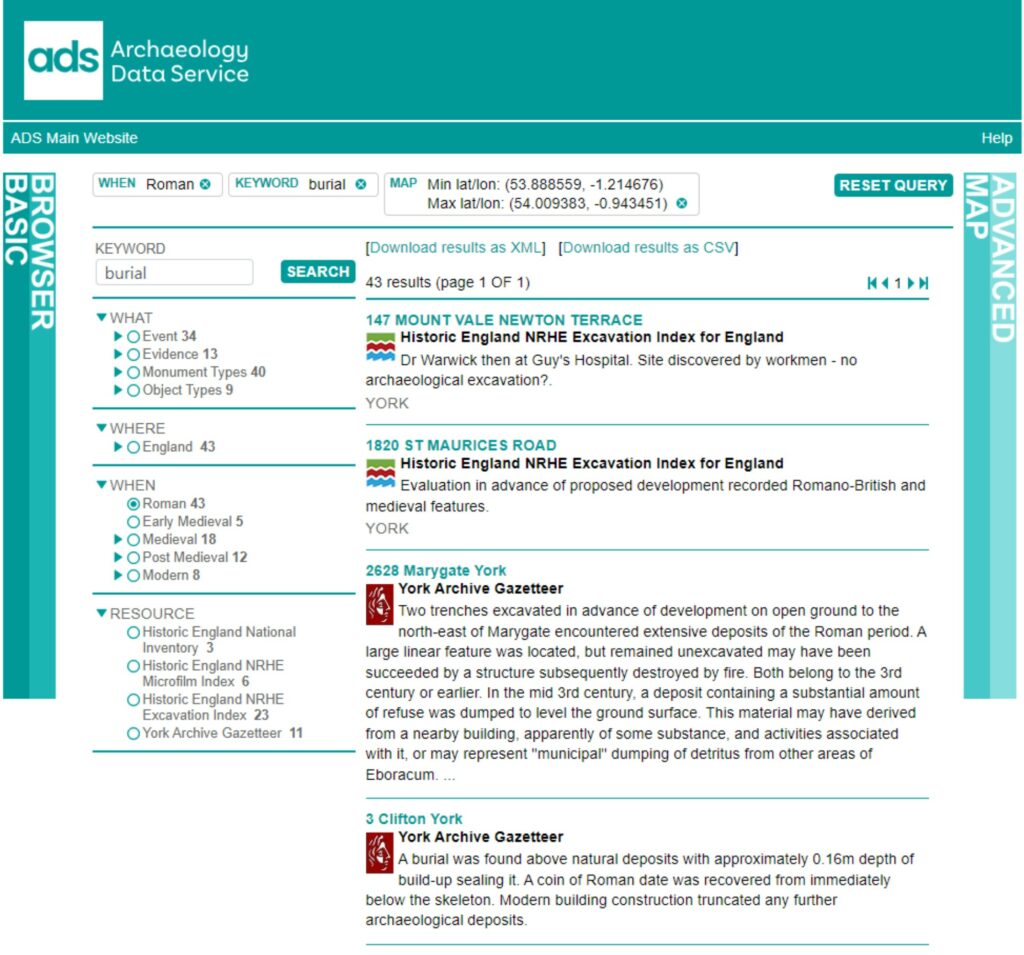
As our youngsters go back to school at the time of writing, let us take another example. The current National Curriculum for history at Key Stages 1 & 2 states that primary school children should learn about Iron Age hillforts. There are dozens, if not hundreds of these monuments scattered across the country, and a hike to the top of one is a good way to burn off some extra energy at the weekend whilst helping the kids with their school work. But where to find one? Once again the ADS map can help. Simply, select your local area and enter the key word “hillfort” to see what’s in your area. The image below shows the results of a quick search for Iron Age Hillforts in my native Gloucestershire. Bear in mind though that not all monuments are publicly accessible, and you should always plan for any expedition with your children, so please do check before you go!
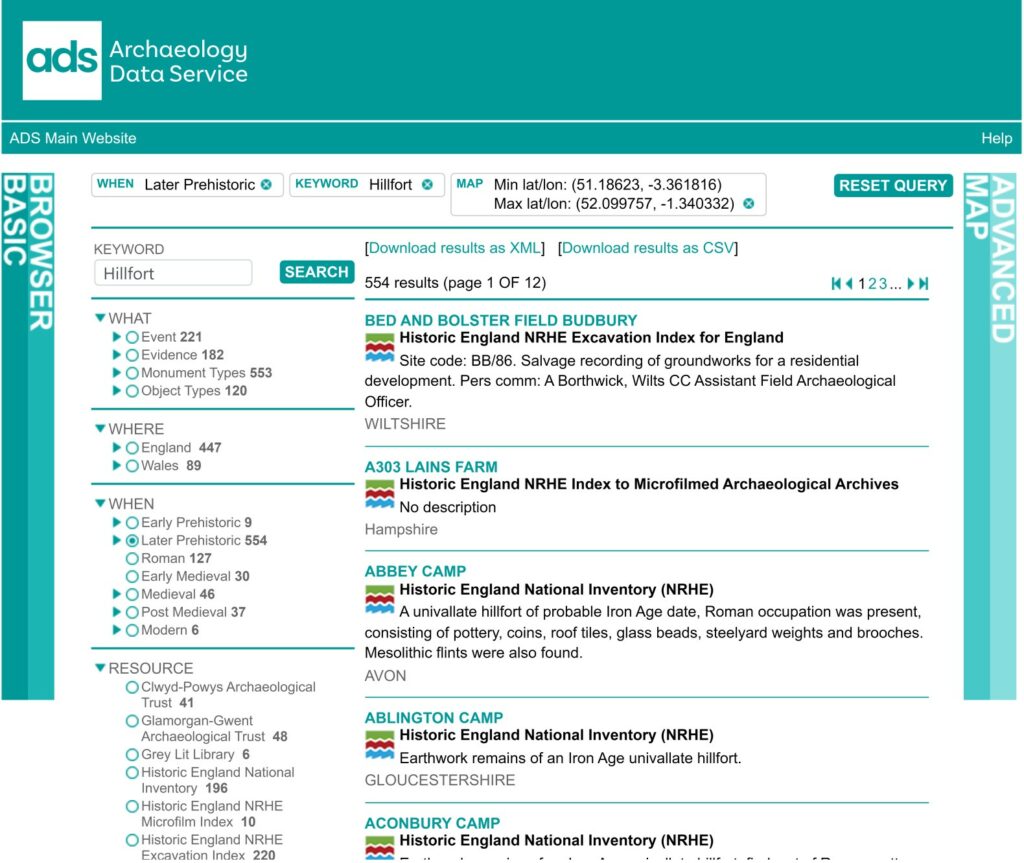
But what do you do if there are rumours of mediaeval silver coins being found down the road from where you live sometime in the dim and murky past? Well, find spots from responsible metal detectorists is a key part of the archaeological data available to the public, and the experts on the matter are the Portable Antiquities Scheme, you can follow this link to their online guidance. But not all treasure is silver and gold, and it is not unheard of for coins to be unearthed during developer-led excavations. In that case you might run a search similar to the one below, where I have narrowed the area down to the great mediaeval city of Norwich, and specified that I only want to see records created by commercial units where they found coins:

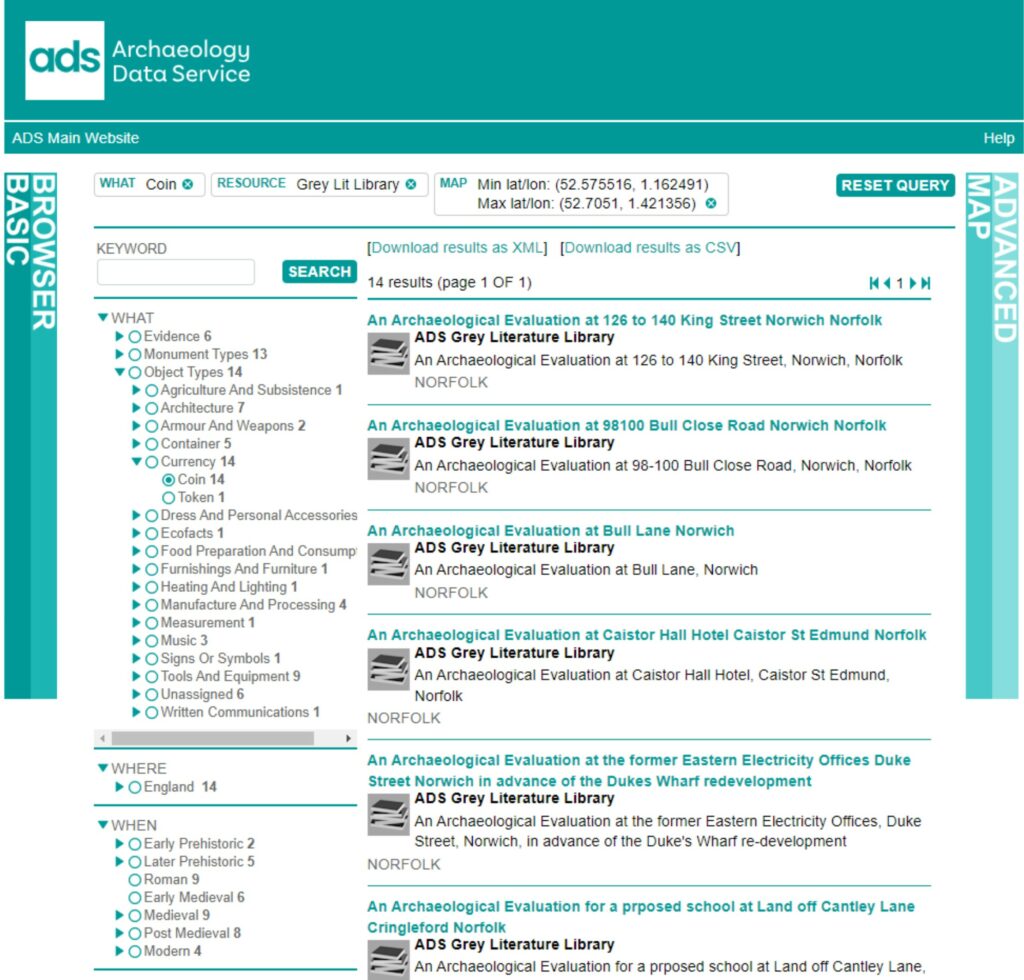
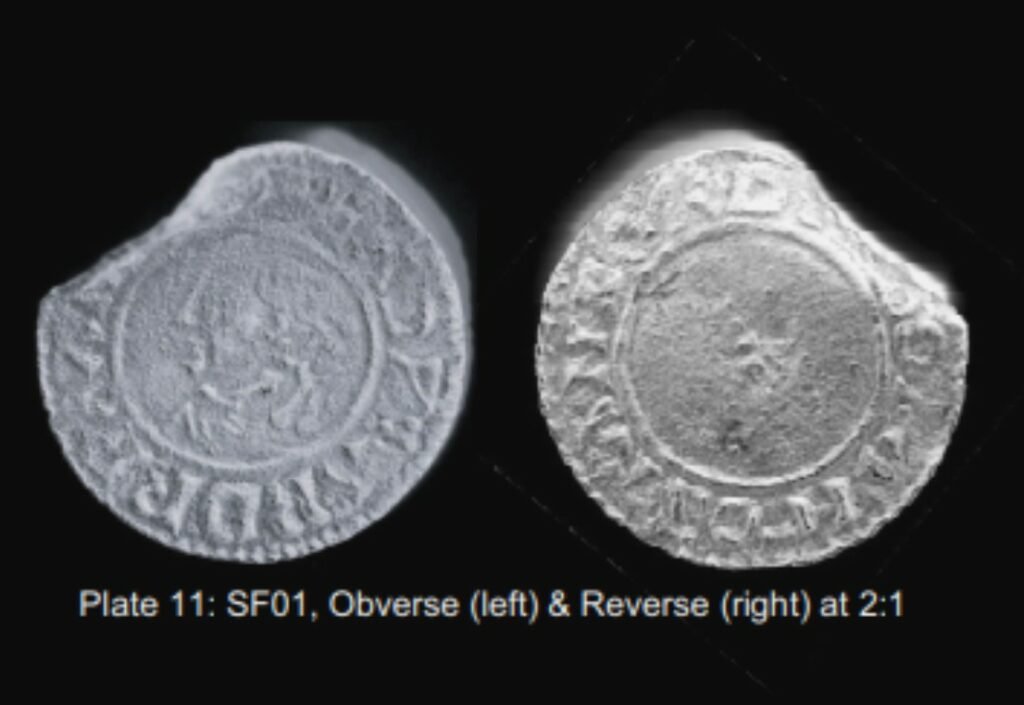
Where to Now?
Hopefully in this post I have shown you that the ADS Map search can be a quick and easy tool to find records of archaeology in your local area, and you will have been encouraged to get out and start hunting for connections to the past. Our data is publically available to schoolchildren, amateur historians, university students and anyone else who wants to engage with our past. If you get stuck try our help page, or reach out to us on our socials as listed at the bottom of our webpage.



